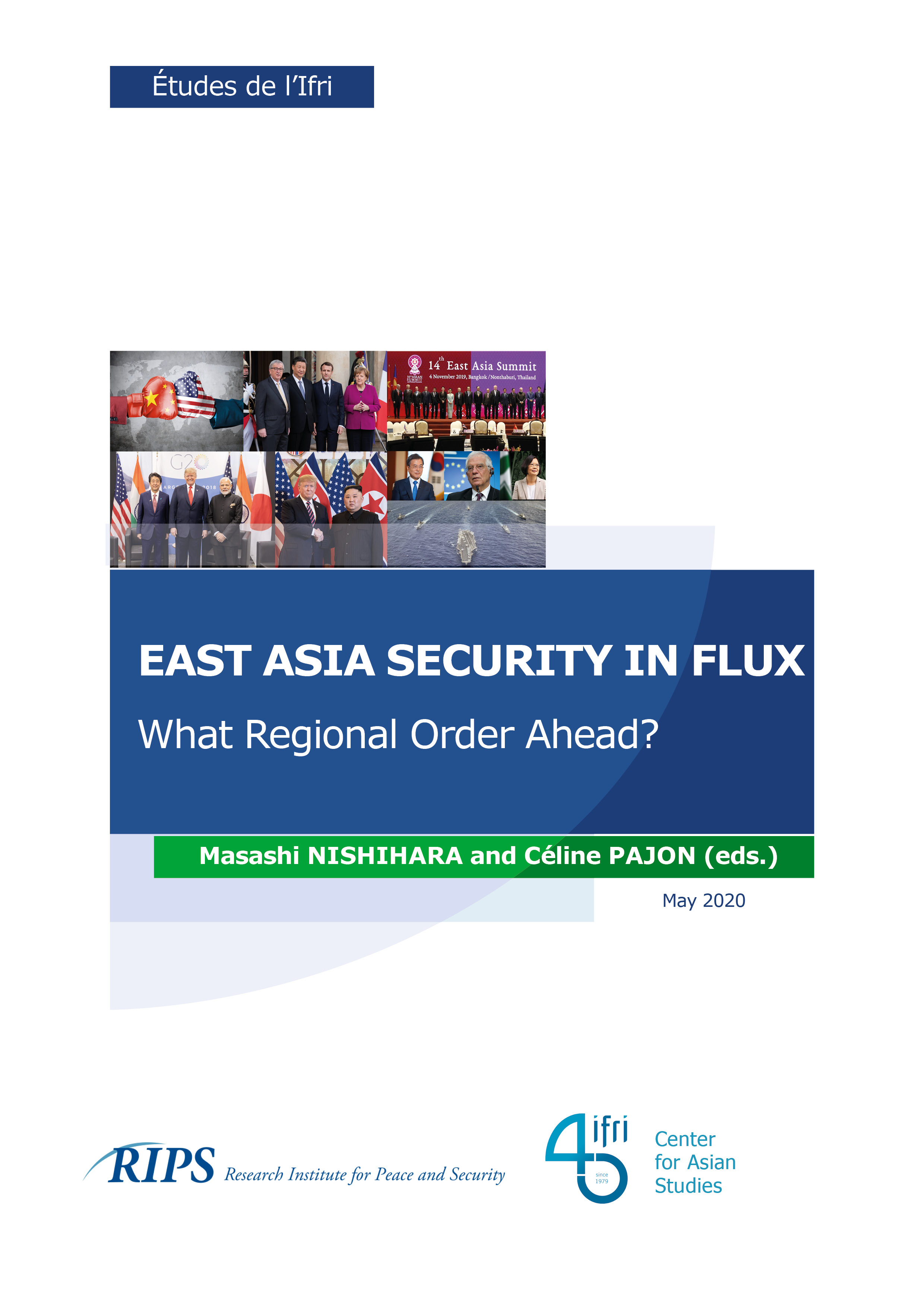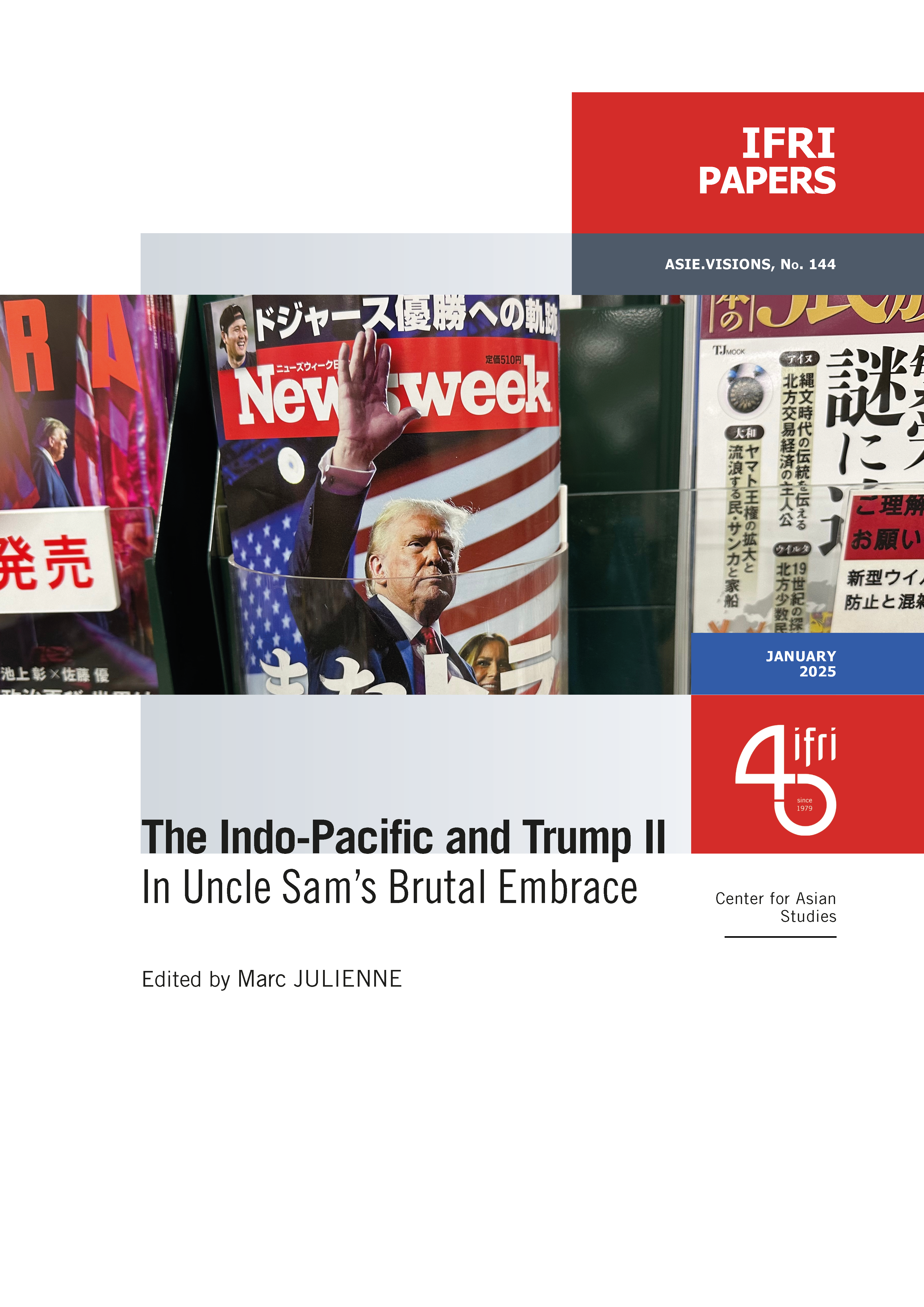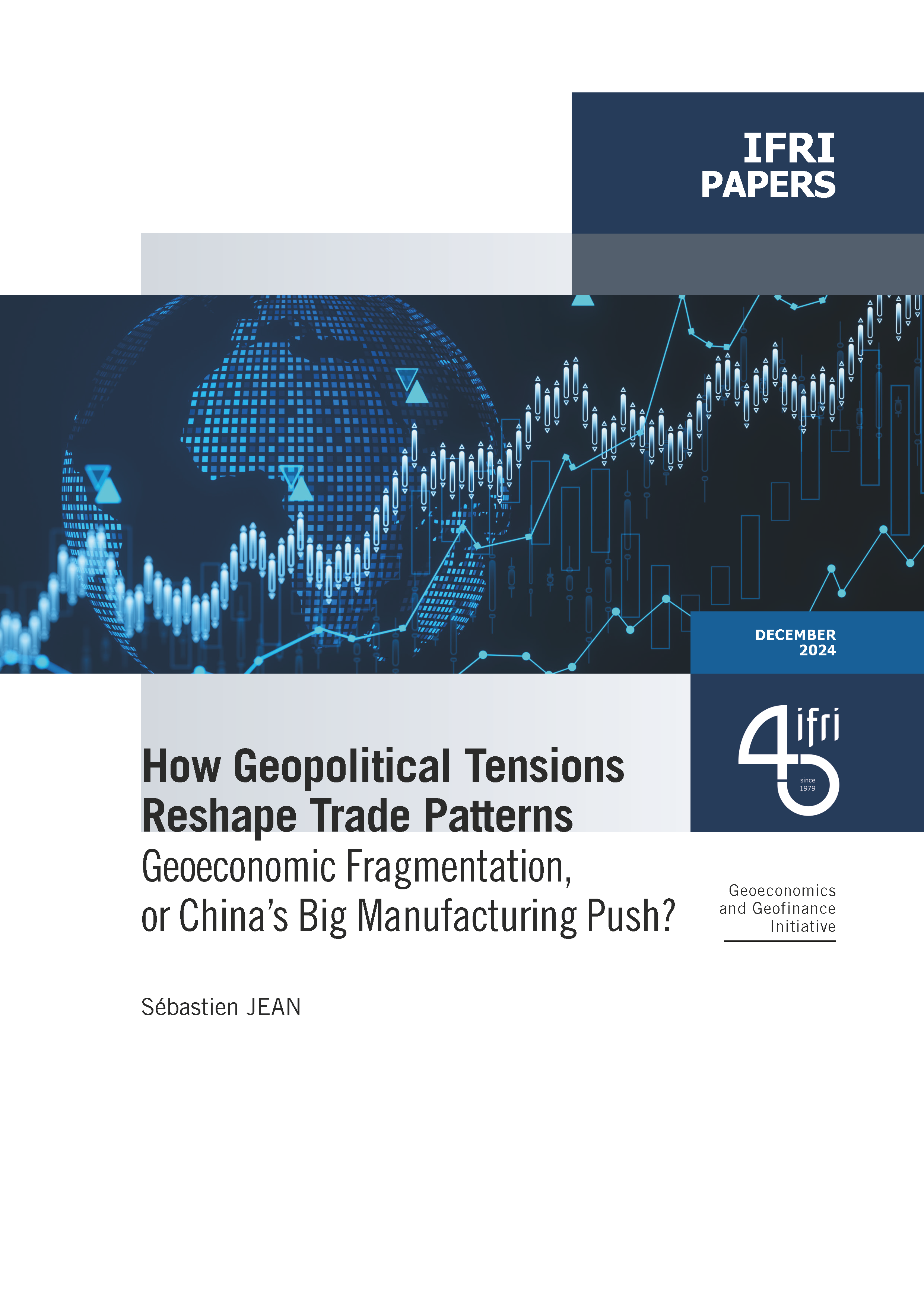East Asia Security in Flux. What Regional Order Ahead?

In February 2020, the Ifri Center for Asian Studies and the Research Institute for Peace and Security (RIPS) held a conference on the Asian security environment.

Two months later, it feels as if it was another era. Back then, COVID-19 had already raged in China, and cases of infection started to be reported throughout Asia and Europe. But nobody could have foreseen that the virus would soon develop into a pandemic with profound implications for all of us and for international relations. It is still premature to predict the exact consequences of this terrible epidemic for the global order and the strategic setting in Asia.
At the time of writing, it already appears that the pandemic is not providing a moment of truce in Asian flashpoints. Pyongyang has resumed missile launches. Tensions in the South China Sea are flaring up. The information war is reaching new heights. While Beijing is upping its public relations efforts to sell the Chinese way of managing virus, Taipei’s successful alternative model to tame it in a democratic way has earned the respect of the international community. This development has already led to further tensions in cross-straits relations. Finally, the US-China strategic rivalry is worsening as Washington stands up fiercely against Beijing’s narrative. At the same time, the US is badly hit by the virus and its global leadership has been fading to the point that it might mark the first year of a post-American world. The COVID-19 crisis is also deeply affecting European solidarity, identity and ability to act as one on the international scene.
The texts gathered in this report provide Asian, European and American perspectives about the power balance, competition and alliance system in Asia, maritime security and cooperation in the Indo-Pacific, and the prospects for a resolution of the North Korean nuclear issue. These texts offer a snapshot of the past, but also provide glimpses of the future. Security tensions in Asia are here to stay. They may even be reinforced as the COVID-19 crisis accelerates the decline of US leadership in the face of a more assertive China. The extent to which the current crisis will offer the opportunity for China to extend its influence in the region remains to be seen, however.
Table of Contents
FOREWORDS
KEYNOTE ADDRESS: COMPETING STRATEGIC VISIONS IN THE INDO-PACIFIC, Barry Desker
EAST ASIA SECURITY IN FLUX
- Why the “Indo-Pacific” Concept is Not in Competition with China’s Belt and Road Initiative (BRI), Elena Atanassova-Cornelis
- Shift of US-China Relations and its Impact on the Regional Order, Yoichi Kato
- Whither the US Alliance System?, Emma Chanlett-Avery
MARITIME SECURITY – COMPETITION AND COOPERATION
- The Naval Balance of Power in the Pacific, Patrick Cronin
- Maritime Security and Territorial Issues: the Impact of Territorial Conflicts on Regional Security, Masashi Nishihara
- Europeans and Maritime Security in the Indo-Pacific: Demonstrating a More Proactive Commitment, Céline Pajon
THE FUTURE OF THE KOREAN PENINSULA
- Koreas at the Center? South Korea, North Korea, and their Quest for Autonomy, Ramon Pacheco Pardo
- High Time to Reconsider Approach to North Korea, Hiroyuki Akita
- Northeast Asian Regional Cooperation: An Elusive Necessity, Niklas Swanström
Download the full analysis
This page contains only a summary of our work. If you would like to have access to all the information from our research on the subject, you can download the full version in PDF format.
East Asia Security in Flux. What Regional Order Ahead?







